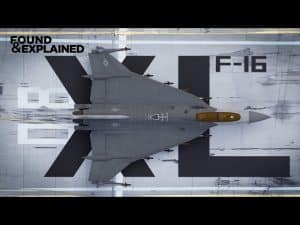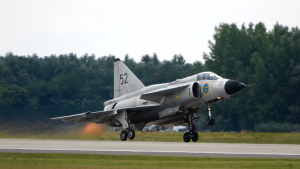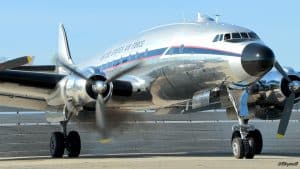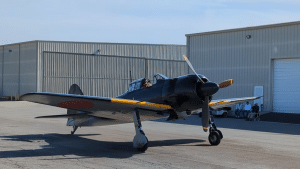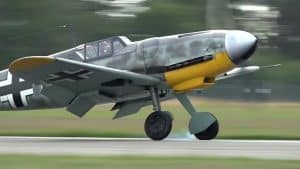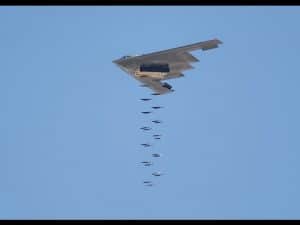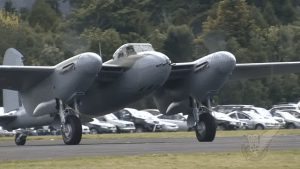5 Facts About The Most Modern Plane of WW2
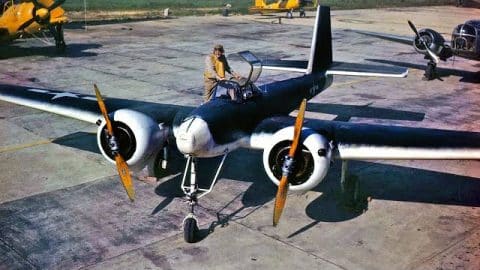
YouTube / Dark Skies
In 1944, the US Navy unleashed its secret weapon, the Interstate TDR, which is technically a fleet of unmanned drones, each poised for destruction.
Here are five interesting facts about the most modern plane of WWII:
1. It was also called kamikaze drones
Armed UAVs are attack drones ahead of their time. They’re designed to purposely crash into their targets.
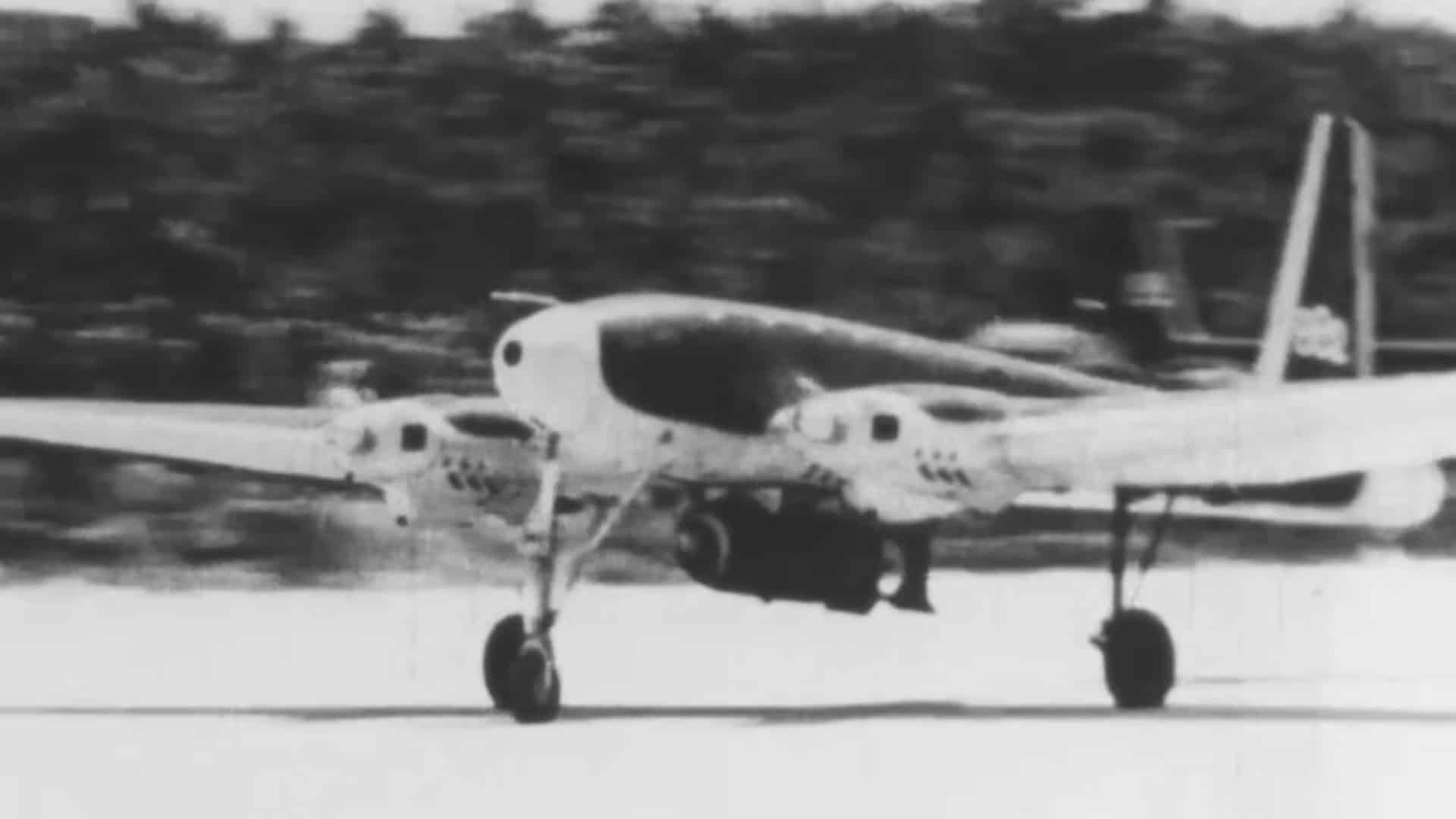
They stand out from other unmanned aerial vehicles because of their maneuverability and ability to linger over a target area before delivering their payload.
2. The aircraft featured a pretty straightforward design
It had a steel tube frame – this skeletal structure was ingeniously covered with molded wood skin. This unusual choice of materials is no accident, however.
It was a strategic decision to minimize the use of critical resources, ensuring the production of higher-priority aircraft remained unhindered.
3. What set it apart was its dual nature
Like its predecessor, the TDN-1, the TDR-1 featured a cockpit and flight controls offering the option for human piloting during test flights.
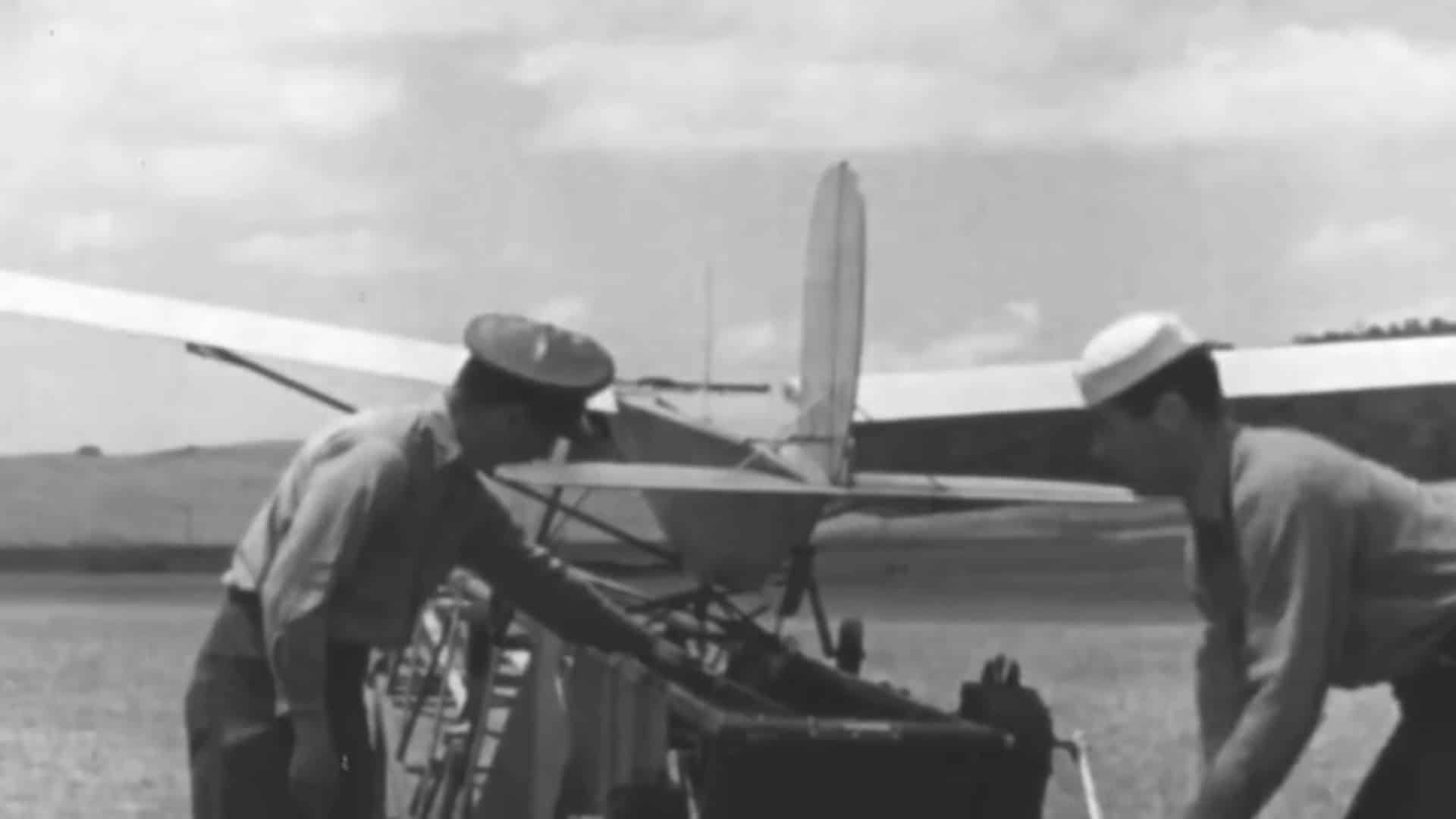
An aerodynamic fairing veiled the cockpit during operational missions, seamlessly transitioning between manned and unmanned modes.
4. The control of the TDR-1 was a testament to the technological advancements of its era
These drones were remotely piloted, and the orchestration was sophisticated and meticulous. A conventional plane would be utilized to act as the commander, tracking the drone’s every move.
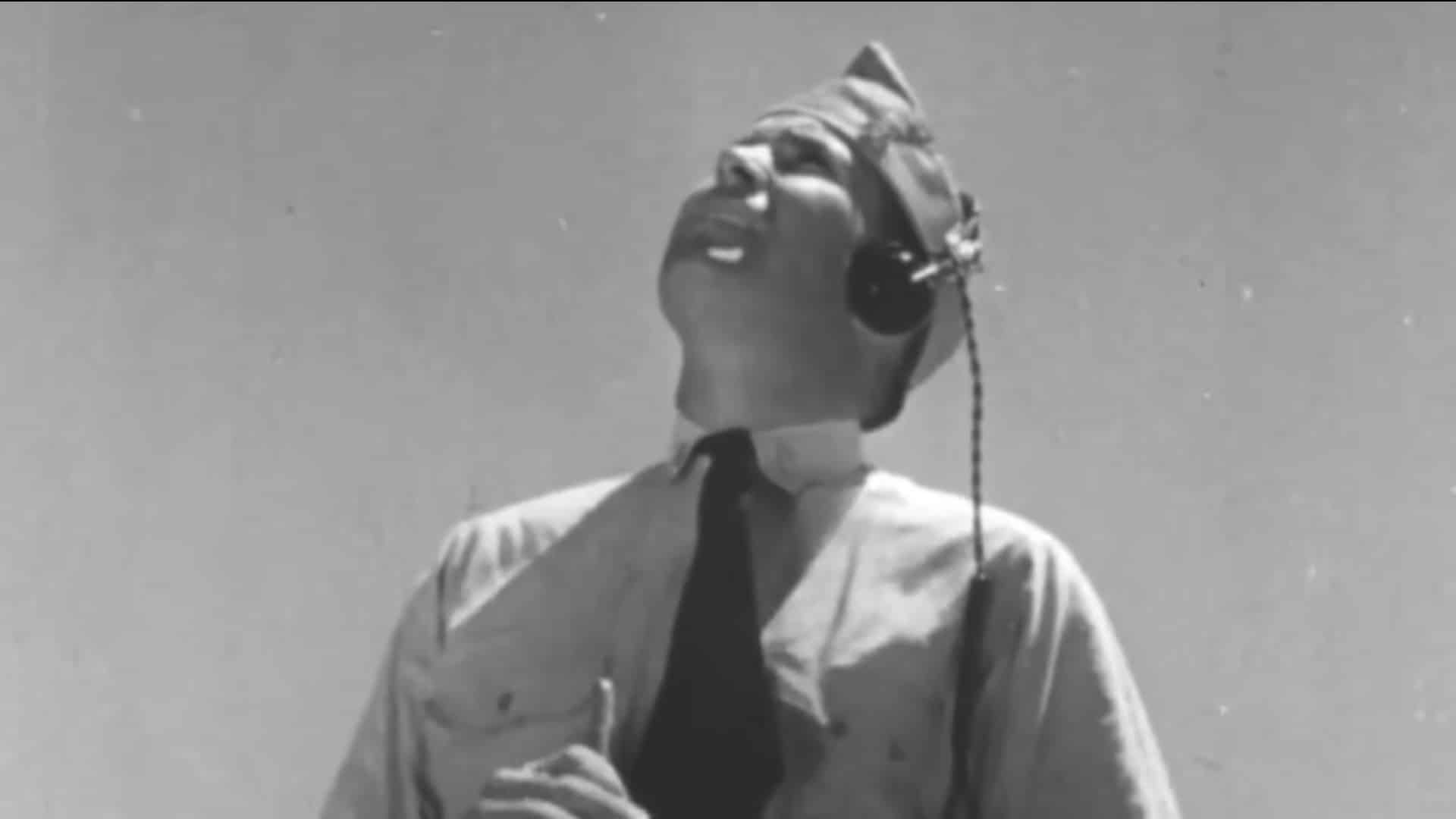
The TDR-1 would then be handed to a TBM pilot who is guided by a modified Grumman TBM-1C Avenger aircraft.
The pilot would establish a connection with the drone, subsequently relinquishing control to the operator in the rear cockpit.
5. Despite their success, Navy leaders remained unimpressed
Although the drones proved to be remarkably effective in targeting a wide array of military objectives, Navy leaders, harboring skepticism towards these drones, remained unimpressed.
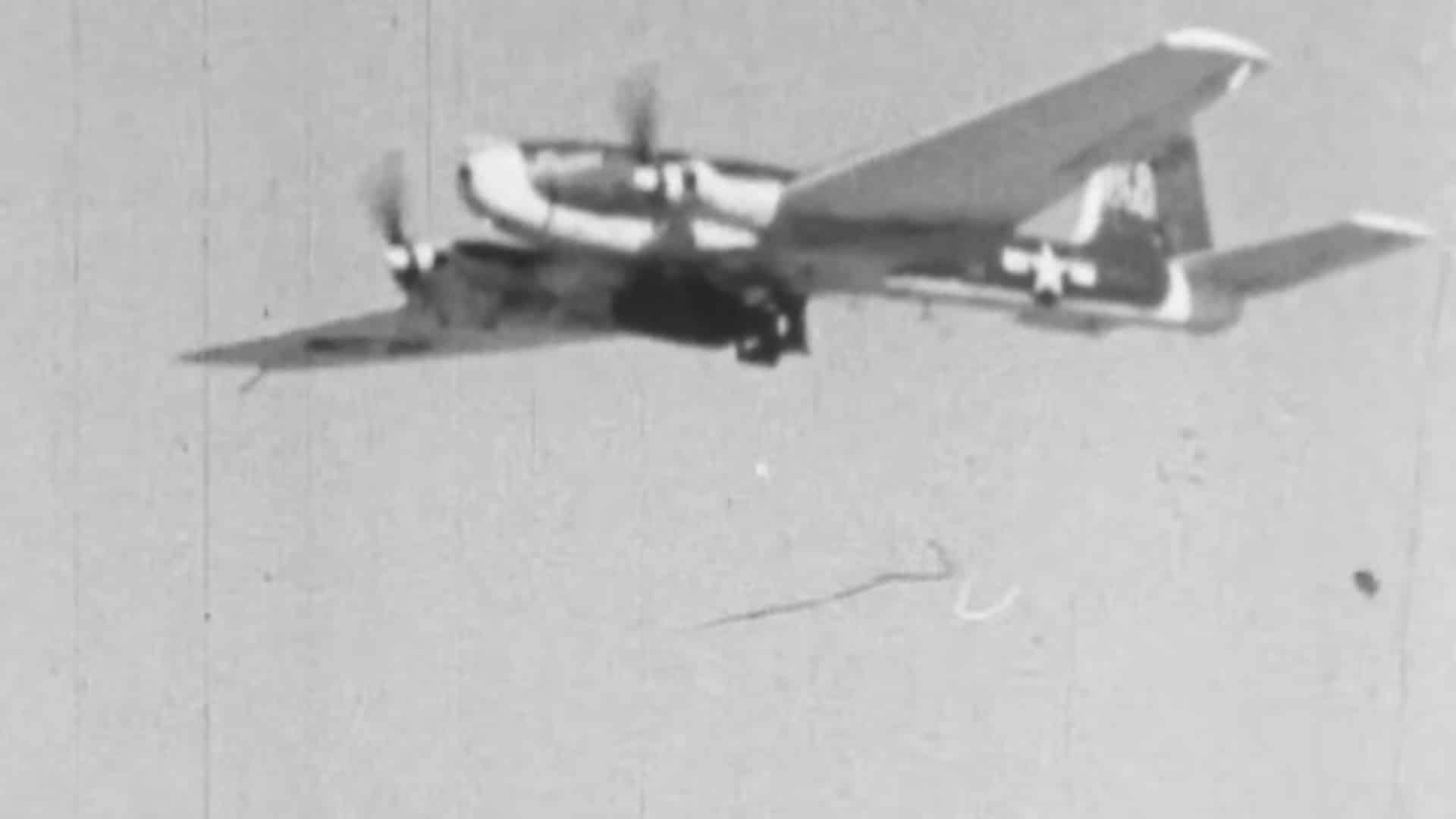
They advocated for more conventional systems instead. This led to the TDR-1 being withdrawn from active service by November 1944.












